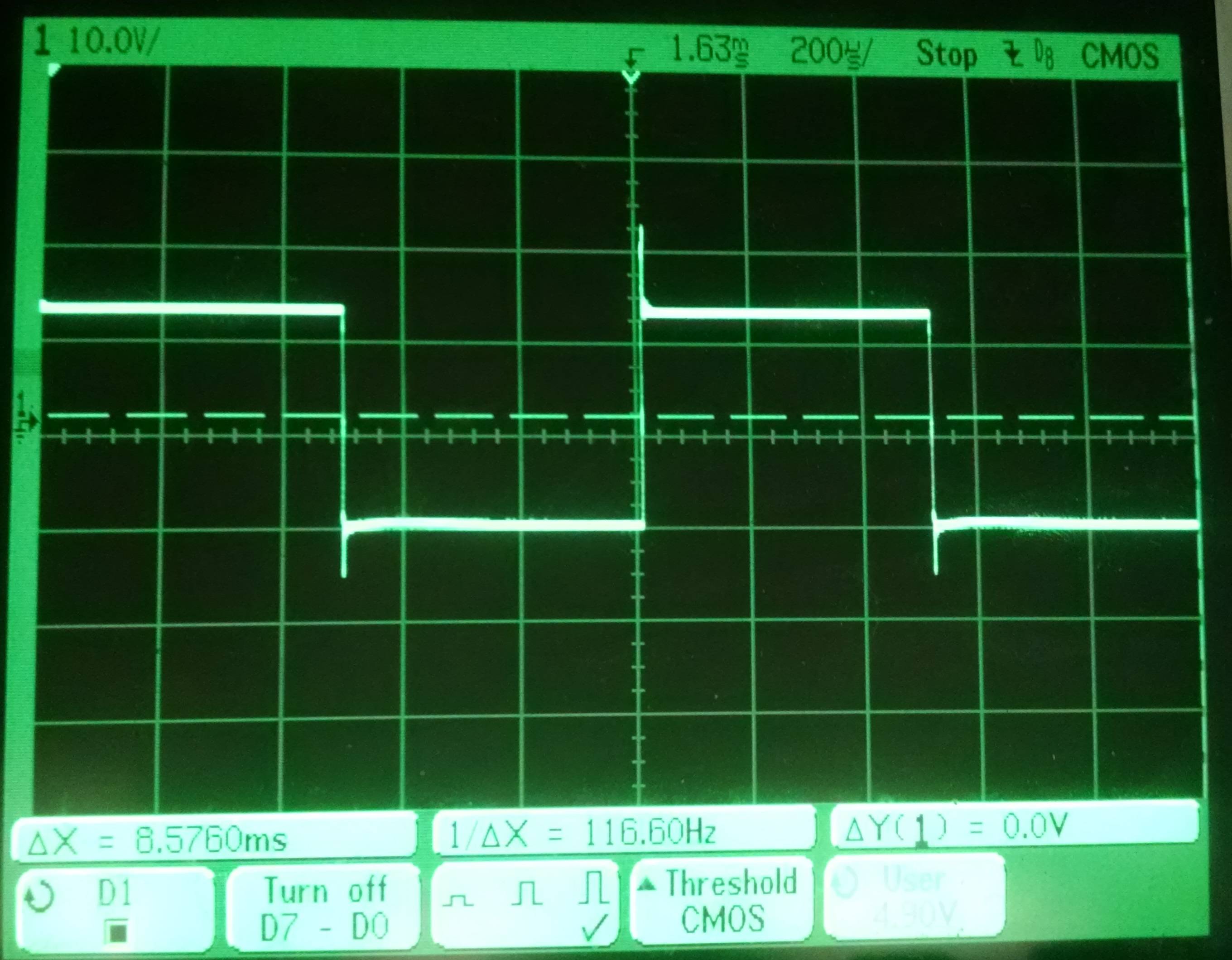The main goal is to make our current speaker louder. The second goal is to use a speaker with a smaller form factor than our current horn that is louder.
We are using a 24Vp-p DC circuit (push +12V / pull -12V off of a 12V source) that we are using PWM to send different frequencies to an 8 ohm Horn. According to the horn datasheet it is designed to use a 24Vp-p square wave. http://www.promover.com.tw/en/main_index.php?menu=product_inside_item&p_id=541
If I put a 33uF capacitor in series with the horn then it looks like the image below. The image below shows a horn circuit signal with no capacitor and a horn circuit signal with a capacitor stacked on top of each other. The 33uF capacitor helps block the DC which I think is a good thing, but it is quieter and that is not what we are going for. According to this website http://education.lenardaudio.com/en/07_horns_2.html they recommend using a 47uF capacitor for 800 Hz to 8KHz Are there any cases where filtering the signal can make it louder? I am only familiar with filtering a signals that are outside of the bounds of a speaker frequency response. I do not know of any ways to change a circuit to make a horn louder.

Is there anything that I can do to make a single horn louder for this circuit?
We looked into an 8 ohm speaker as we are looking into a smaller profile http://www.visaton.com/en/industrie/breitband/fr10_8.html and it was not as loud as the horn even though it has a better frequency response and higher wattage ratings. However, while doing some research it appears that horns are very efficient at being loud, and speakers need to have a properly sized / ported cabinet in order to achieve maximum loudness.
According to the internet a 4 ohm speaker is not louder than an 8 ohm speaker due to the amplifier has trouble sourcing enough current for a 4 ohm speaker for the same loudness as an 8 ohm speaker. However, wouldn't a 4 ohm speaker be louder in my case assuming that the PCB and wires are capable of handling the extra current and my 12V rails stay at 12V?
The frequencies that we are interested in are 100 Hz to 2.5 KHz. Our horn is used for playing solid tones and different buzzer / car alarm sounds and audio clarity is not of too large of a concern as it will not be playing back music or voice audio.
So to summarize, my three questions are.
- Is there anything I can do in my circuit in order to make the horn louder other than using a higher voltage which is not an option?
- Is there a better type of horn or speaker that uses a thinner profile than our current horn, but is louder and has a better frequency response (100 to 2.5 kHz)?
- Will going to a 4 ohm speaker be louder than an 8 ohm speaker in this case?



